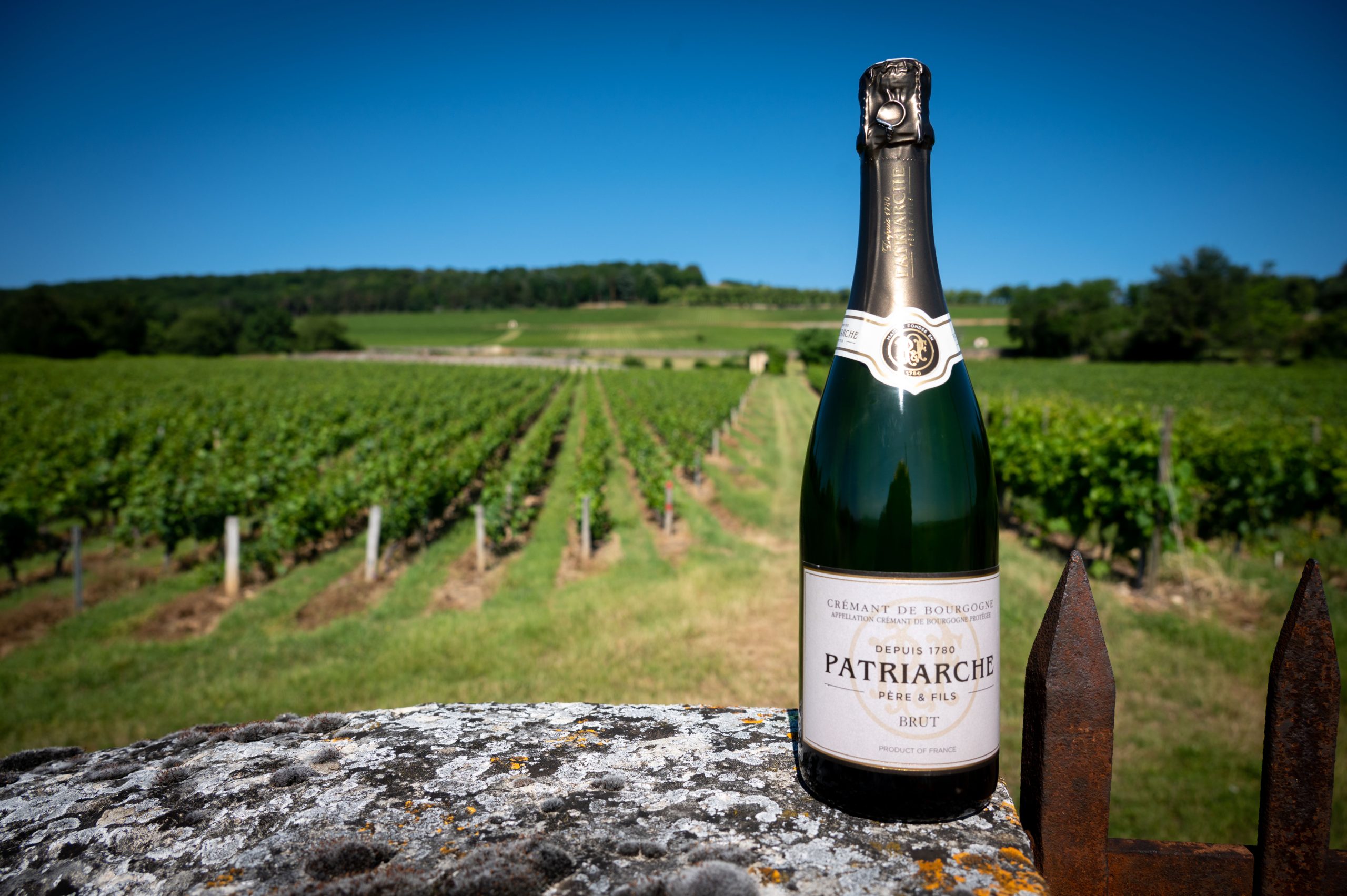Airline pilot de-ices wings with whisky
A quick thinking airline pilot used six bottles of whisky to de-ice the wings of his plane when he was grounded in Spain.
The captain of the Scandinavian Airline System (SAS) was grounded in Alicante thanks to ice on the wings of his plane which ground crew at the airport were unable to remove because no de-icing equipment was available.
Determined not to be delayed getting to his destination in Norway, the captain took six bottles of whisky from the drinks trolley and poured three over each wing solving the problem.
The scene was captured by passenger Linda Apeland, who told Norwegian newspaper Aftenbladet that afterwards they were told they would have to make do with gin if they wanted a drink as there was no whisky left. The plane eventually took off one hour and 20 minutes behind schedule.
Partner Content
Ice needs to be removed from a plane’s wings as it disrupts the air flow causing extra drag and preventing the wings from generating sufficient lift, which can cause crashes. Normally airports are understood to use a de-icing fluid based on propylene glycol, which is similar to antifreeze.





I doubt if there is any truth to this story. The pilot would be in serious trouble as deicing of a commercial airliner has to be done with approved fluid for which deicing characteristics are documented. See the ICAO document here : http://legacy.icao.int/anb/fls/flsicing.html
AIRCRAFT GROUND DE-ICING/ANTI-ICING OPERATIONS
ICAO Requirements and Guidance
The successful treatment of ice and snow deposits on aeroplanes on the ground is an absolute necessity to the safety of winter operations. Requirements and guidance can be found in the following ICAO documents:
Annex 6 — Operation of Aircraft, Part I — International Commercial Air Transport — Aeroplanes
References to ground de-icing/anti-icing are in Part I, 4.3.5.4 with a requirement for de-icing/anti-icing treatment and inspection prior to take-off in suspected or known ground icing conditions:
4.3.5.4 A flight to be planned or expected to operate in suspected or known ground icing conditions shall not take off unless the aeroplane has been inspected for icing and, if necessary, has been given appropriate de-icing/anti-icing treatment. Accumulation of ice or other contaminants shall be removed so that the aeroplane is kept in an airworthy condition prior to take-off.
Note.- Guidance material is given in the Manual of Aircraft Ground De-icing/Anti-icing Operations (Doc 9640)
The Manual of Aircraft Ground De-icing/Anti-icing Operations (Doc 9640) Second Edition 2000, provides a general description of the various factors relating to aeroplane icing on the ground. It addresses the minimum procedural requirements necessary to conduct safe and efficient operations during those conditions which require aeroplane de-icing and anti-icing activities. The “clean aircraft concept” is described. The second edition refers to Types I, II, III and IV fluids and also to methods for de-icing which do not use fluids. Examples of application and holdover time tables are provided for Types I, II and IV fluids. The second edition also contains material on equipment, quality assurance programmes and the annual updating of holdover time guidelines and de-icing/anti-icing procedures. The primary purpose in the publication of this manual was to encourage international standardization of de-icing/anti-icing activities.
Raffles,
Although what you quoted is nothing but the truth, it is not the only method of de-icing an aircraft. The rule states that an aircraft must be in airworthy condition before flight and that includes removing all of the ice specially from critical surfaces. Now how that ice is removed is up to the pilot, yes there are many types of de-icing and anti-icing fluids being used today at any international airport that operates during winter. But just because thats what they use doesnt mean its the law. All it means is that its the most effective method so far. If a compay so chooses to have a crew of people brush all the ice off the airplane before it leaves the gate, it no longer needs to be de-iced. Should there be a need for anti ice the airline can always opt for something else should they want to. To stress the point again current methods are just the most cost effective ones. But by no means does it mean that they are the legal choice.
It is not uncommon at all for a jet liner to spend 10+ hours in cruise then when it lands in a humid destination the super-cooled fuel causes major condensation on the wings and it also freezes. Sometimes the turn arounds happen fast enough that the ice is still there and the airport is not equipped with de-icing fuilds and thats when you see mechanics up on the wings with brooms trying to brush it off.
And if you feel the need to question my claims and credentials res assured im no armchair quarterback. Im commercial pilot that’s been flying since i was 16 and currently on falcon 7X.
cheers
The cause for this situation is, as far as I’ve learned that there was a strike going on within the company SAS, including some trouble with getting the planes refuelled at normal intervals, and so the planes were forced to carry more fuel than they normally would, which caused the extreme condensation. Thats airline safety for you there.